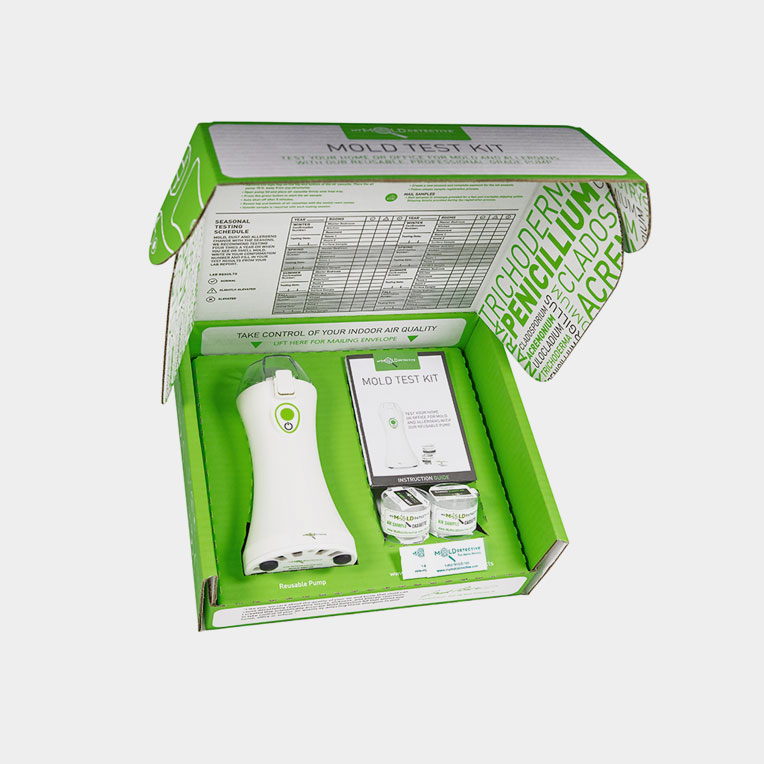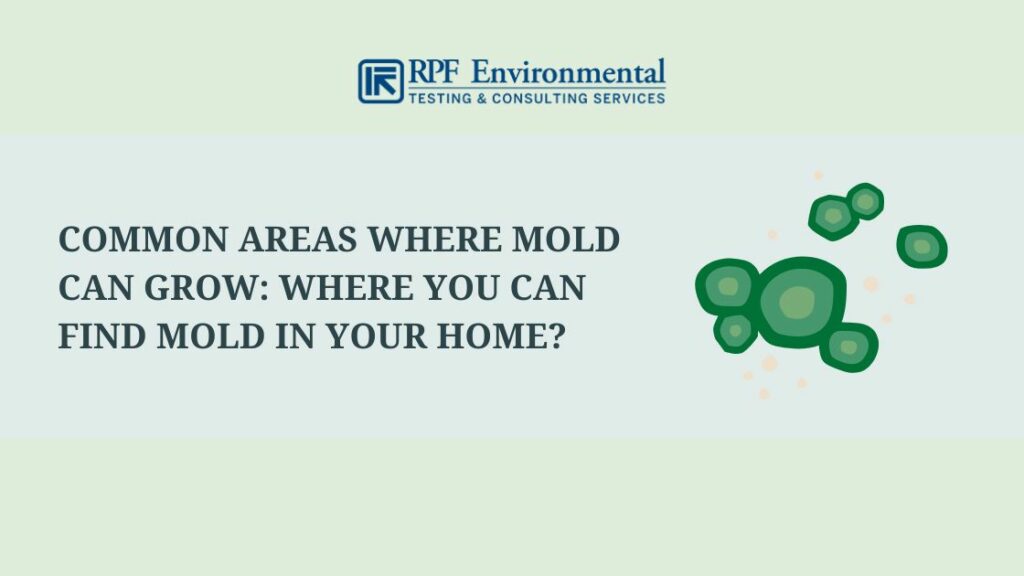Enhance Your Security Procedures with Specialist Mycotoxin testing Services
How Mycotoxin Testing Assists Stop Contamination and Guard Food Products

Mycotoxin testing is a vital technique in the food industry, offering as a frontline protection versus contamination by damaging toxins created by molds. Via the application of advanced techniques like High-Performance Fluid Chromatography (HPLC) and Fluid Chromatography-Mass Spectrometry (LC-MS), food producers can properly quantify and detect mycotoxin degrees in agricultural items. This positive approach not just guarantees conformity with rigid safety laws however additionally alleviates health dangers to consumers. Routine testing fortifies brand name credibility and economic health by lowering contamination-related incidents. So, just how exactly do these testing methods integrate into the more comprehensive food safety technique?
Understanding Mycotoxins
Understanding mycotoxins begins with recognizing that they are toxic second metabolites generated by particular mold and mildews, which can pollute agricultural products. These metabolites are not essential for the growth or recreation of the fungis however can have serious implications for human and animal health. Mycotoxins are generally located in staple crops such as corn, wheat, barley, and nuts, where they can proliferate under specific problems of wetness and temperature.
There are a number of types of mycotoxins, each created by different fungal varieties. Fusarium species generate fumonisins and trichothecenes, both of which are connected with various intense and chronic health issues.

Threats of Mycotoxin Contamination
The threats of mycotoxin contamination are diverse, positioning significant hazards to both food security and public health. Mycotoxins, poisonous substances produced by particular kinds of fungi, can infect a variety of farming products consisting of cereals, nuts, spices, dried out fruits, and coffee. Once these contaminants infiltrate the food supply, they can lead to severe health concerns such as liver damage, kidney failing, and even cancer cells. Susceptible populaces, including youngsters, the elderly, and immunocompromised people, are particularly in jeopardy.
Financial influences are another significant problem. Polluted plants can result in considerable economic losses for farmers and food producers because of reduced yields and the requirement for pricey decontamination procedures. Furthermore, worldwide profession can be considerably impeded as nations impose stringent mycotoxin laws to protect their populations, causing denied shipments and strained profession relationships.
Ecological factors such as climate change intensify the danger of mycotoxin contamination. Variations in temperature and humidity can produce positive problems for fungal development, increasing the likelihood of contamination occasions. Hence, understanding and mitigating these threats are crucial for guaranteeing the security and stability of worldwide food materials.
Techniques of Mycotoxin Evaluating
Accurately identifying mycotoxin contamination in farming items is necessary for securing public health and wellness and preserving food safety standards. Numerous approaches are used to find and measure mycotoxins, each offering details advantages and constraints.
High-Performance Liquid Chromatography (HPLC) is a widely utilized approach as a result of its high level of sensitivity and accuracy. It entails separating mycotoxins from other substances in an example, enabling precise quantification. Likewise, Liquid Chromatography-Mass Spectrometry (LC-MS) combines fluid chromatography with mass spectrometry to supply comprehensive molecular details, making it especially helpful for recognizing several mycotoxins at the same time - Mycotoxin testing Services.

Gas Chromatography-Mass Spectrometry (GC-MS) and Thin-Layer Chromatography (TLC) are also employed, each with unique applications. GC-MS is effective for unpredictable mycotoxins, while tender loving care uses an easier, affordable alternative for preliminary testing.
Benefits of Regular Testing
Normal screening for mycotoxins in agricultural products supplies countless advantages, substantially adding to public health and food safety and security. By determining contamination early, regular screening assists stop the distribution of poisonous foods, consequently minimizing the risk of mycotoxin-related illnesses amongst consumers. This aggressive method not only safeguards human wellness however additionally improves the overall top quality of food supplies.
Different nations and areas have established rigid restrictions for mycotoxin levels in food and feed. Adhering to these restrictions through regular testing makes certain that distributors and producers meet legal requirements, thereby preventing charges and profession barriers.
Furthermore, normal mycotoxin testing can result in considerable financial advantages. Early discovery of contamination enables timely intervention, minimizing possible losses from widespread contamination. Executing routine screening methods can additionally minimize recall costs and related obligations, which can be economically ravaging.
Moreover, routine screening supplies get more useful information that can educate far better farming practices and storage conditions. By comprehending patterns of contamination, manufacturers can take on safety nets, therefore adding and reducing future dangers to the sustainability of the food supply chain.
Applying Evaluating Protocols
Implementing reliable mycotoxin testing procedures is vital for ensuring the safety and quality of agricultural items. Each phase has to be looked at to determine where mycotoxin contamination is most likely to occur.
As soon as essential control factors are determined, choosing appropriate testing approaches is vital. Typical techniques include enzyme-linked immunosorbent assay (ELISA), high-performance fluid chromatography (HPLC), and mass spectrometry (MS) Each technique has its toughness and weak points; therefore, selecting the right one depends upon the certain mycotoxin being tested, the needed level of sensitivity, and available resources.

Lastly, incorporating the testing procedures into a comprehensive food security monitoring system is recommended. This boosts traceability and enables quick corrective activities when contamination is found, consequently guarding the integrity of the food supply chain.
Conclusion
Mycotoxin screening is crucial in preventing contamination and protecting food products by allowing early discovery of damaging contaminants created by molds in agricultural items. Regular testing improves brand credibility, financial stability, and trust in food security by decreasing contamination-related losses and preserving high criteria in food manufacturing.
Mycotoxin screening is an important practice in the food sector, serving as a frontline protection versus contamination by harmful toxins created by molds. An integrated image source method entailing farming practices, storage space administration, and normal testing can reduce the dangers connected with mycotoxin contamination, guaranteeing food safety and public health.
The dangers of mycotoxin contamination are diverse, presenting significant hazards to both food safety and security and public health and wellness.Routine screening for mycotoxins in farming items provides various advantages, considerably adding to public health and food security.Mycotoxin screening is vital in stopping contamination and protecting food products by making it possible for early my explanation detection of unsafe toxic substances produced by mold and mildews in farming items.